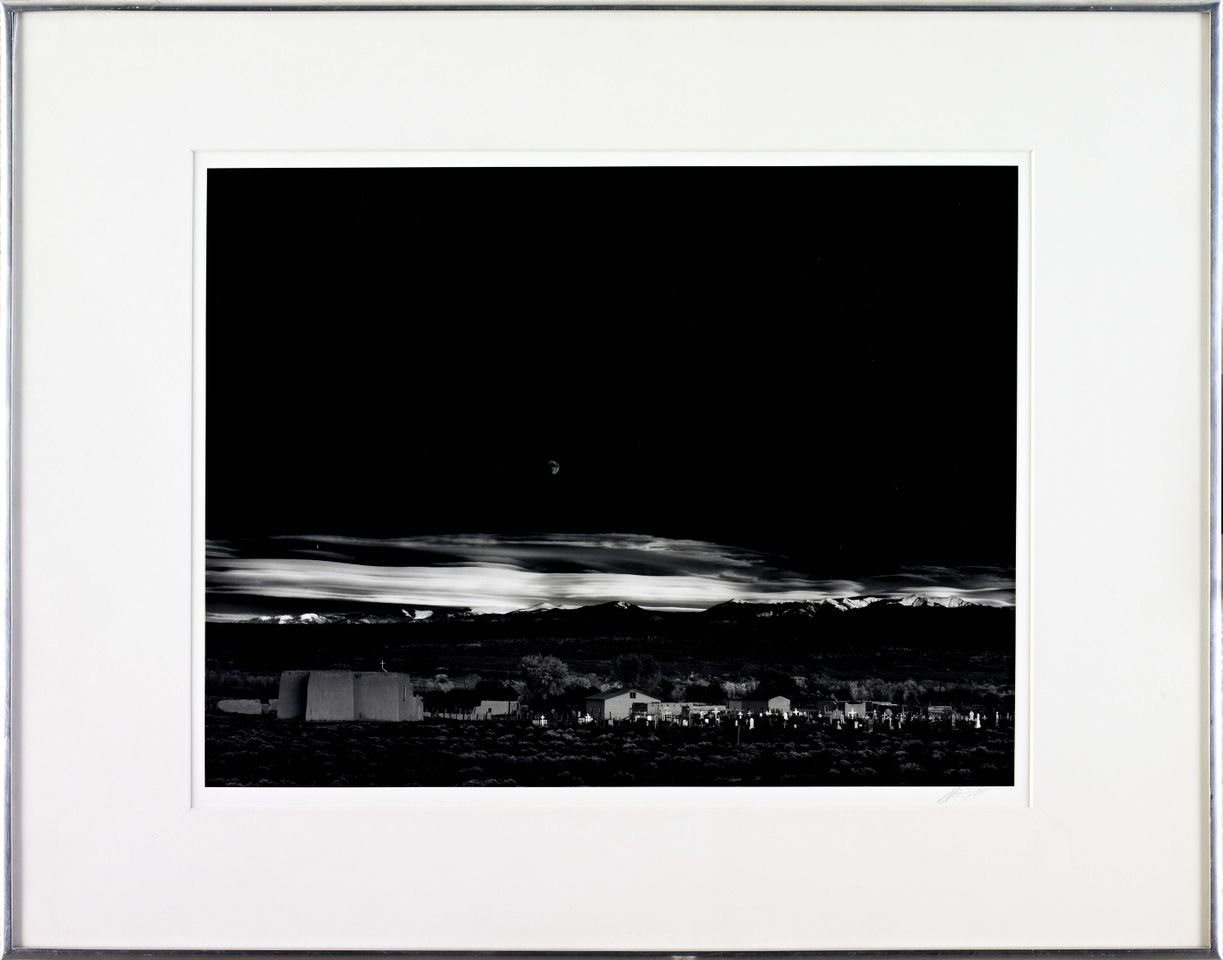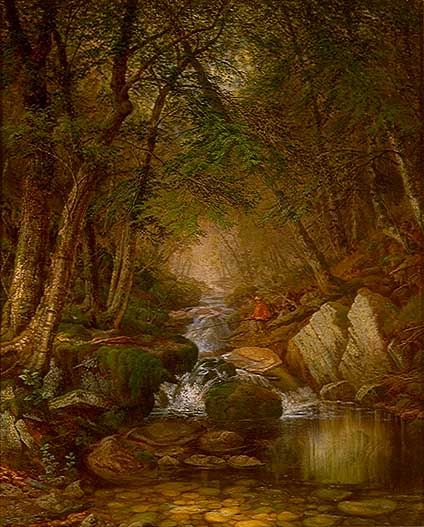IF YOU GO
What: "Exploring the Land: Landscapes From the Hunter Collection"Where: Hunter Museum of American Art, 10 Bluff ViewHours: 10 a.m.-5 p.m. Monday-Tuesday; noon-5 p.m. Wednesday; 10 a.m.-9 p.m. Thursday; 10 a.m.-5 p.m. Friday-Saturday; noon-5 p.m. Sunday.Admission: $9.95 adults, $4.95 children, and free to younger visitors and to members.Information: 267-0968 or visit www.huntermuseum.org.
ARTS BRIEFS
• Artcrafters Gallery, 1356 Market St., Dayton, Tenn. The Rhea Arts Council Winter Showcase closes on Friday.Hours: 10 a.m.-4 p.m. Tuesday-Friday, 10 a.m.-4 p.m. Saturday. 775-1401 or www.artcraftersdayton.com.• Marly Berger Gallery, 1424 John Bragg Highway (Arts Center of Cannon County), Woodbury, Tenn. Two exhibits, "Gourds and Organs With a Side of Kraut: The Works of Jai Sharonda, Brian 'Goatboy' Thornton and Sandor Katz" and "Vanishing Appalachia (part 2)" photographs by Don Dudenbostal and field recordings by Tom Jester, close on Saturday.• Hours: 10 a.m.-4 p.m. CST Monday-Saturday. 615-563-2787 or 800-235-9073, www.artscenterofcc.com.• Planet Altered, 48 E. Main St. "Visual Odyssey," an exhibit of recent paintings and assemblages by Sandra Paynter Washburn," closes Saturday.Hours: 10 a.m.-5 p.m. Tuesday-Friday. 400-4100, www.planetaltered.com.
Ansel Adams was not a point-and-shoot sort of photographer.
"He was very deliberate in his photography," says Katrina Craven, public relations and marketing director of the Hunter Museum of American Art. "He'd set up and sit in the same spot for hours."
Not so much, though, for Adams' "Moonrise, Hernandez, New Mexico, 1941," which is part of the museum's "Exploring the Land: Landscapes From the Hunter Collection" exhibit that opened recently and runs through April 28.
The black-and-white image, which pictures a town against a backdrop of mountains with a church and cemetery in the foreground, apparently was snapped just after sunset as the moon was rising, according to curator Ellen Simak. The image apparently was snapped without the photographer's usual deliberation.
"This image was sort of happenstance," says Craven. "He supposedly had only one photographic plate left. [The image] speaks to his skills as a photographer. He didn't have much time."
The 35 landscapes in the overall exhibition, which come from the museum's extensive permanent collection, include a "good variety" of 19th- and 20th-century works, she says. Some are "old favorites" that will be familiar to regular visitors, according to Craven, while some have rarely been seen and others are new acquisitions.
Among the others artists in the exhibition are Worthington Whittredge, Thomas Doughty, Currier and Ives, Louis Ritman, Robert Glenn Ketchum and George Cress.
"Even if you are a regular," she says, "you will see something new at this exhibit."
Landscapes, in general, are very much an American hallmark, Craven says.
"Landscapes play a big part in the country," she says. "We might not have hard large cities, sweeping architecture or cultural icons (as a young country), but what we did have is all this open space."
The paintings, photographs and sketches are hung in a specific order so they'll stimulate conversation, Craven says.
"That was very intentional," she says, "because the curatorial staff wanted to compare and contrast those works."
When people see a traditional 19th-century landscape beside a 20th-century photograph, "a very interesting conversation can be made," Craven says, and, on some occasions, specific connections may be drawn between two works.
When a forest interior painted in the 1860s is next to a seemingly unrelated modern photograph, research may reveal the photographer drew heavily on early landscapes when considering his subjects, says Craven. Elsewhere, moderns artists may have revisited the actual scenes painted in early landscapes.
The exhibit, in general, depicts "what it means to be American, the ties to the land and how it has changed," she says.

